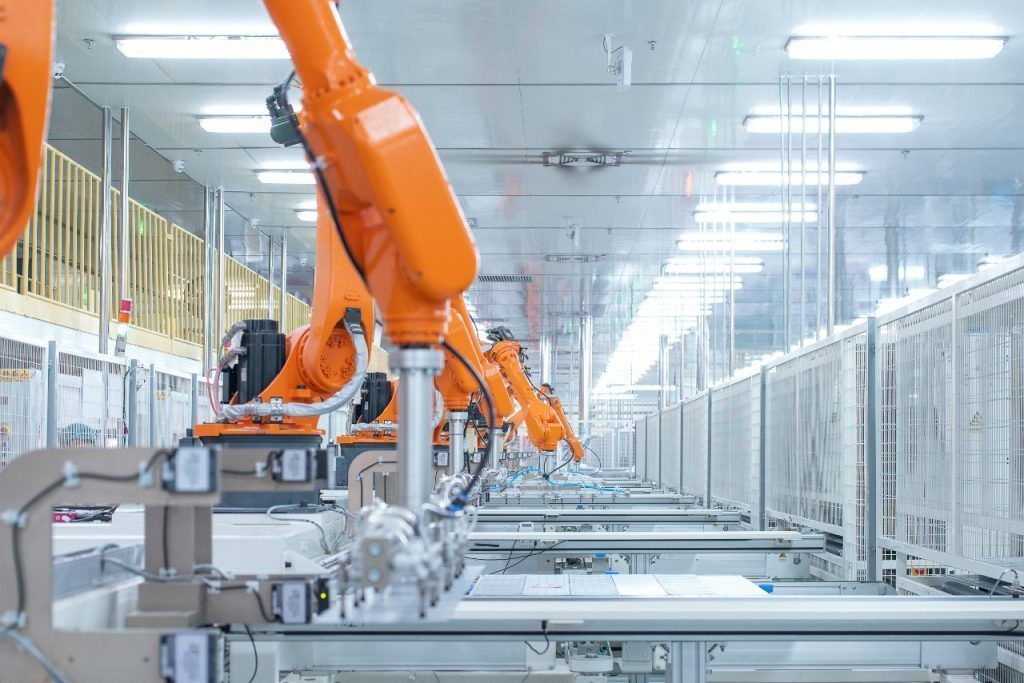Since the start of 2022, public data compiled by Solarbe shows that over 900 GW of n-type solar cell and module production capacity expansion plans have been announced. This includes over 600 GW of solar cell capacity with a total investment volume of over CNY 420 billion, with around 200 GW expected to be put into operation in 2023.

Sixty manufacturers have announced these plans, with around a third of them being new entrants to the solar industry. The two major technology routes taken by these manufacturers are TOPCon and heterojunction.
TOPCon: 530 GW
Over 530 GW of production ramp-up plans have adopted TOPCon technology, with 26 manufacturers planning to expand by more than 10 GW using this technology.
Jinko Solar, the manufacturer with the largest capacity expansion, announced plans to add 11 GW of TOPCon solar cell and 39 GW TOPCon module capacity. In 2022, Jinko Solar became the first company in the world to ship more than 10 GW of n-type modules annually. It is reported that the company has put 35 GW of n-type production capacity into operation. By 2023, n-type products are expected to account for over 60% of Jinko Solar’s total production.
JA Solar is close behind with 30 GW expansion plans, including 20 GW of TOPCon solar cell capacity and 10 GW TOPCon module capacity. The company anticipates their n-type solar cell capacity to reach 27 GW by 2023.
As newcomers in the solar industry, Drinda, an automotive instrument panel assemblies producer, plans to build a 26 GW TOPCon solar cell production capacity, while Shijing Technology, an environmental management and control service provider, intends to establish 24 GW.
DMEGC Solar is accelerating its production expansion, aiming to set up 20 GW solar cell capacity and 5 GW module capacity.
Equipment manufacturer Shangji Automation is also joining the race, planning to add 24 GW n-type cell capacity to accelerate the establishment of vertically integrated production.
Other companies, such as Royal Group, Haiyuan Material (HYM), Linyang Energy, EGing PV, GCL-Poly, Zhonghuan, Mubang High-tech and Riyue Solar Energy, have all announced plans to set up 20 GW TOPCon solar cell facilities.
DAS Solar has announced plans to add 5.6 GW of cell capacity and 10 GW of module capacity. By 2023, the company expects to reach a total of 30 GW of n-type solar cell production and 30 GW of module production. Additionally, they are developing TOPCon 4.0 technology, which could potentially increase the cell’s efficiency to over 26%.
HJT: 350 GW
Altogether, 24 companies have outlined plans to establish or expand their HJT solar cell and module production capacity, totaling 350 GW. Thirteen of these enterprises have plans to increase their capacity by more than 10 GW.
HuaSun Energy boasts the largest expansion plan, with 24.8 GW of solar cells and 20 GW of modules. Reports indicate that they have shipped over 1 GW of their HJT modules to around 30 countries. Their current production capacity stands at 2.7 GW.
Risen Energy has also unveiled production expansion plans of 25 GW HJT cell and 18 GW HJT module capacity. The largest production base will be the 15 GW n-type ultra-low-carbon HJT solar cell and module project in Ninghai. The company expects to reach 10 GW HJT cell and module capacity in the first half of 2023, and 30 GW in the second half.
Boamax Technologies, a new player in the solar industry, has announced the third-largest expansion plans, involving 29 GW of HJT solar cell and 32 GW of HJT solar module capacity.
Jinyang New Energy and Quanwei New Energy are aiming for 30 GW of HJT product capacity, while Huayao PV and Tongze Solar plan to add 20 GW and Akcome 16 GW.
Huang Xin’er, Vice President of Akcome Energy Research Institute, said the company’s silver-coated copper paste has passed reliability tests. This paste is 18% cheaper than silver paste, which could reduce the cost of HJT solar cells.
Worth noting is that State Power Investment Corporation (SPIC) has taken action in the production of HJT. At the start of the year, construction began on its 5 GW HJT cell and module project. Additionally, the company announced a strategic partnership with two equipment providers, Dongwei Technology and Robo-Technik, to collaborate on copper electroplating equipment.
According to the HJT index released by Solarbe Consulting, HJT product prices have been declining for nearly two months. The price of HJT solar cell has dropped by 18.5% compared with the last week, reaching CNY 1.1/W. The price of HJT modules has dropped by about 7%, reaching around CNY 2/W.
Leading enterprises have reported that the price difference between n-type and p-type products is shrinking and may soon be equal. Major players and newcomers alike are investing heavily in the n-type industrial chain, indicating that we are heading towards an n-type era.
At the upcoming Solarbe Awards Innovation Conference, Solarbe has invited renowned professionals, including Dr. Song Dengyuan, Chief Technology Officer of DAS Solar, Wu Xuelin, Senior Manager of Risen Energy Product Center, and Lu Zhonglin, Director of Xuhe Technology, to discuss the latest trends in n-type cell technology.


